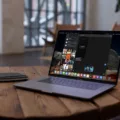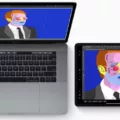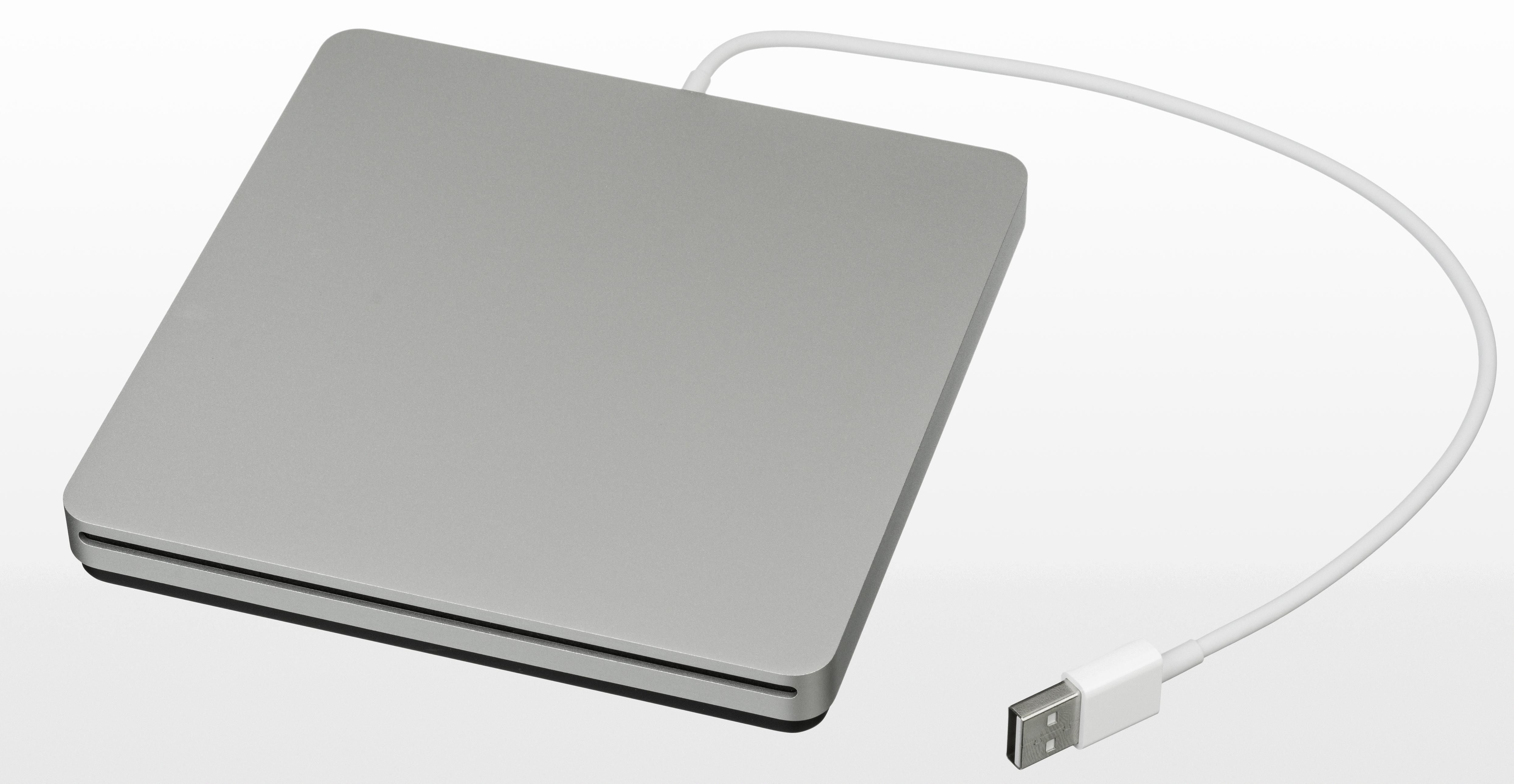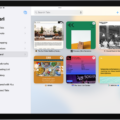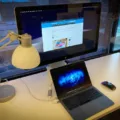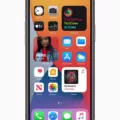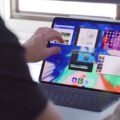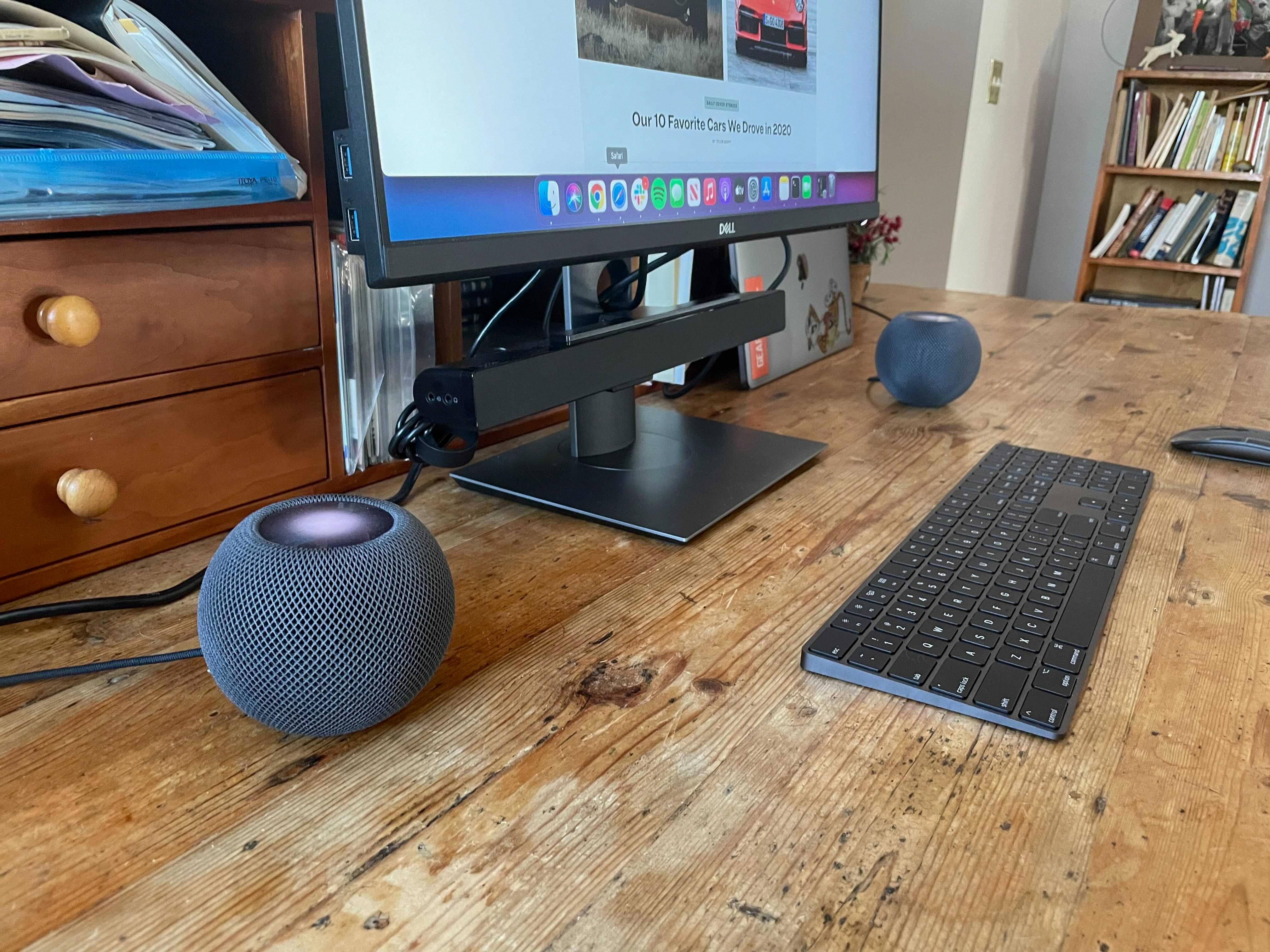IPad is a powerful tablet device with a lot of features and advantages. It can be used for work, leisure, and entertainment. With the right setup, an iPad can connect to your Macbook and becoe an extension of your laptop. Connecting your iPad to your Macbook is easy, and this blog will walk you through the process step by step.
First, you’ll need to make sure that both devices are connected to the same Wi-Fi network or Bluetooth connection. If not, then connect them both to the same network beore continuing.
Once both devices are connected to the same network, open Settings on your iPad and select “Bluetooth” from the list of options. Enable Bluetooth on both devices and wait for them to appear in each other’s list of available devices. Select “Connect” when you see your Macbook appear in the list of Bluetooth devices on your iPad.
Next, open System Preferences on your Macbook and select “Sharing” from the list of options. Check the box next to “Screen Sharing” and click “Options…” In the ensuing popup window, check the box next to “Enable VNC viewers may control screen with password:” Enter a password that you will remember in order to access your Macbook from your iPad laer on. Click “OK” when finished.
The last step is opening Screen Sharing app on your iPad which can be found in App Store (it’s free). Open it up and enter the IP address of your Macbook (you can find it under Network preferences) along with the password that you created earlier. You should now be able to access all applications running on your MacBook from your iPad!
With this setup complete, you now have a convenient way to extend the capabilities of both devices at once! By connecting them together you can use them simultaneously for multitasking or even controlling one device with another for remote access scenarios like troubleshooting or working from home scenarios whre physical access isn’t possible. The possibilities are truly endless!
Connecting an iPad to a Mac
To connect your iPad to your Mac, you will need a USB-to-Lightning cable. Connect one end of the cable to the Lightning port on your iPad, and the other end of the cable to one of the USB ports on your Mac. Once connected, you shold see an icon for your iPad in the Finder sidebar on your Mac. If you have macOS 10.15 or later, you can use this connection to sync content between your Mac and iPad. If you have an earlier version of macOS, use iTunes to sync with your Mac instead.
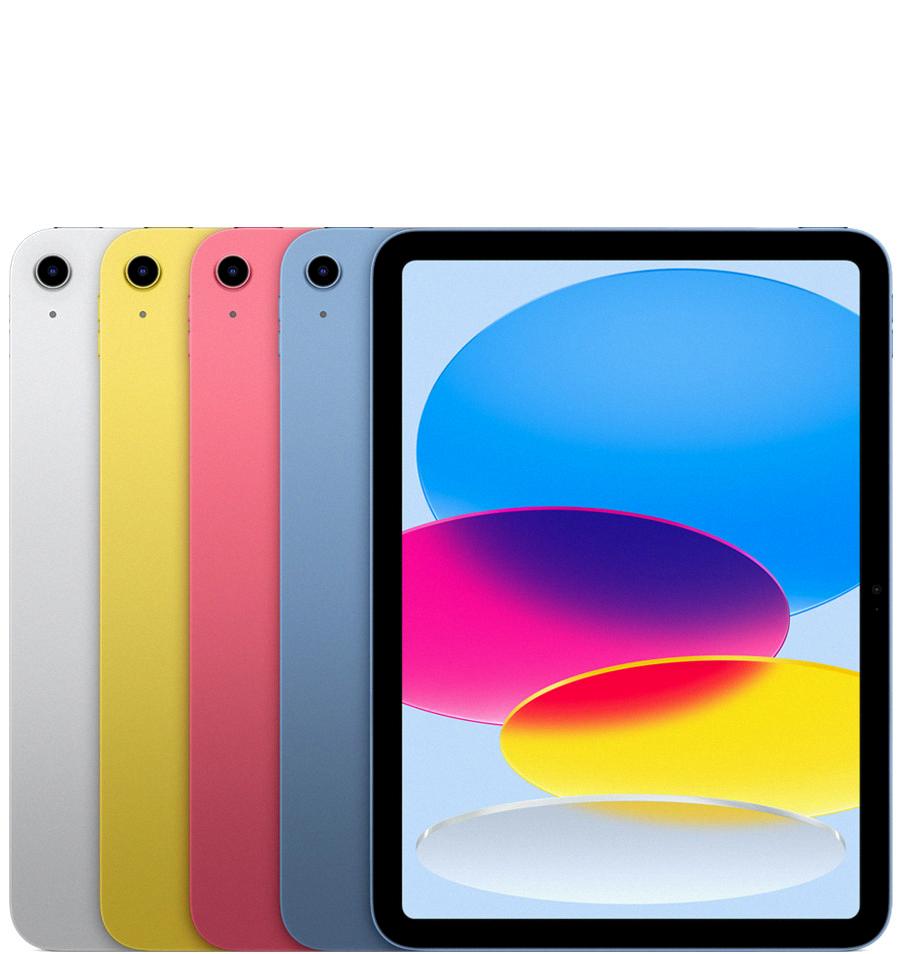
Source: apple.com
Syncing an iPad to a Mac Wirelessly
To sync your iPad to your Mac wirelessly, first make sure both devices are connected to the same Wi-Fi network. Then, connect your iPad to your Mac uing a USB or USB-C cable. On your Mac, open iTunes and select your device in the sidebar. Go to the Summary tab and check the box for “Sync with this iPad over Wi-Fi”. Once you do that, iTunes will ask if you want to turn on Automatic Syncing. If so, check that box too. Now every time your iPad is connected to the same Wi-Fi network as your Mac, it will automatically sync with iTunes. To manually sync, select your device in iTunes and click the Sync button.
Connecting an iPad to a Laptop
To connect your iPad to your laptop, you’ll need a USB cable. First, plug one end of the cable into the port on your iPad and the oter end into a USB port on your laptop. Then, open the iTunes app on your laptop. You should see an iPad button near the top left of the window; click it to display all of your iPad’s content in iTunes. From here, you can select the type of content you want to sync with your laptop (for example, Movies or Books) in the sidebar on the left. Finally, click Sync at the bottom right of the window to complete the connection.
Troubleshooting iPad Syncing Issues with Mac
The iPad and Mac may not be syncing because they are not signed in to iCloud with the same Apple ID. Additionally, you may need to make sure that you have turned on Contacts, Calendars, and Reminders in your iCloud settings. Finally, check that the date and time settings on both devices are correct for your current location. If any of these settings are not correctly configured it can case a disruption in the synchronization between your iPad and Mac.
Connecting an iPhone to a MacBook
To connect your iPhone to your Macbook, you’ll need to sign into iCloud on both devices. On your iPhone, go to Settings and tap your name at the top of the list. Then tap iCloud and sign in with your Apple ID and password.
On your Macbook, go to the Apple menu in the upper left corner and select System Preferences. Then choose iCloud and sign in with the same Apple ID and password as you did on your iPhone.
Once you’re signed into both devices, you can use some of the Continuity features like Handoff wich allows you to move between them seamlessly. To enable this feature, make sure Handoff is turned on both devices.
If you have an older device that doesn’t support Handoff, you can still sync content btween them by hooking up an iPhone cable or connecting via Wi-Fi. To do this, make sure iTunes is installed on both devices and then sync content like photos and music using iTunes’ settings.
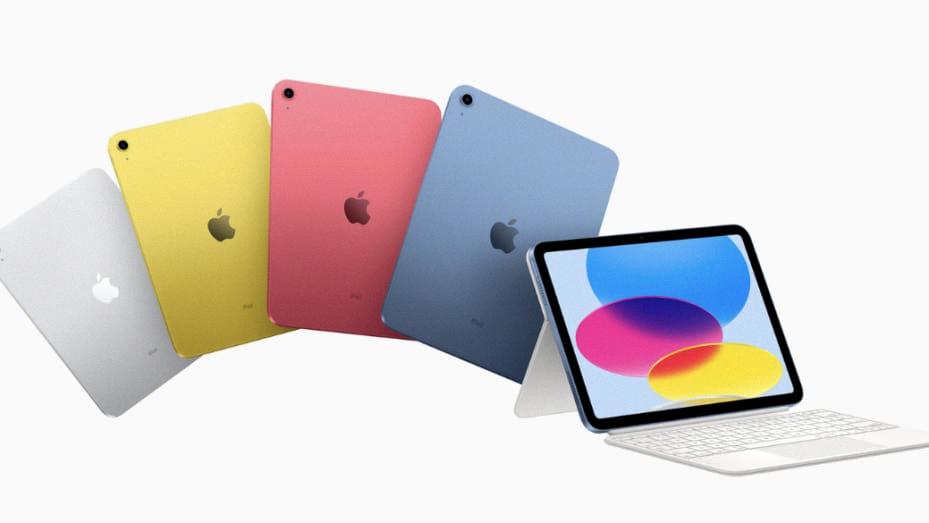
Source: cnbc.com
Controlling an iPad from a Mac
In order to control your iPad from your Mac, you will need to enable the Handoff feature on both devices. Here are the steps:
1. On your Mac, click on the Apple menu icon and then select Preferences. Under General, make sure that “Allow Handoff between this Mac and your iCloud devices” is checked.
2. On your iPad, open Settings and tap General. Then tap AirPlay & Handoff and make sure that Handoff is turned on by toggling the switch next to it.
Once the feature is enabled on both devices, you can now control your iPad from your Mac by swiping up from the bottom of the screen with three fingers or pressing Command + Tab while using an app on your Mac. You can also move files from one device to anoher easily with Universal Clipboard which allows you to copy content from one device and paste it onto another without having to use a USB cable or emailing yourself documents.
Connecting an iPad to a Laptop via Bluetooth
No, you cannot pair an iPad to a laptop via Bluetooth. Bluetooth is designed for short-range wireless communication between two devices, and laptops are not compatible with the Bluetooth protocol used by iPads. However, you can use a third-party app such as AirServer or LonelyScreen to mirror your iPad’s screen on your laptop. You will need to connect the two devices with a USB cable in order to do this. Additionally, if your cellular plan supports it, you can use Personal Hotspot on your iPad to connect your laptop to the internet through your device’s cellular connection.
Synchronizing Apple Devices
To get all your Apple devices to sync, you’ll first need to make sure that you have iCloud enabled on each device. Once this is done, you can ether set up automatic syncing or manually sync each type of content you want shared between devices.
To enable automatic syncing, open the Settings app on your iPhone or iPad (or System Preferences if using a Mac). Select the General pane and then look for the “Automatically sync when this [device] is connected” checkbox. Check the box and then turn on syncing for each type of content you want to be shared. Your Mac and iPhone or iPad will now update to matching content whenever they are connected.
If you prefer to manually sync, open iTunes (or the Finder app if using a Mac with macOS Catalina 10.15 or later) and connect your device via USB cable. Select your device from the sidebar menu, then select “Sync” from the Summary tab in order to transfer content from one device to another.
Connecting an iPhone to a MacBook Wirelessly
To connect your iPhone to your Macbook wirelessly, you’ll need to use Bluetooth. First, click the Bluetooth icon in the menu bar at the top right of your screen on your Macbook. Then select ‘System Preferences’ and ‘Bluetooth’. You’ll see a list of Bluetooth items that you can connect to. Click the image of your iPhone and you’ll get a connection request from the smartphone. Choose ‘Connect’ to make the connection and you should be all set.
Connecting an iPad to a Computer Without iTunes
Connecting your iPad to your computer without iTunes can be done in a few simple steps. First, you need to connect your iPad to your computer using its USB cable. Once the device is connected, open the ‘Finder’ app on your Mac or ‘This PC’ on Windows and select your iPad from the list of available devices that appear. This will open a file manager window which will allow you to access all of the contents of your iPad. You can then transfer files between the two devices by dragging and dropping them into either the Finder window or This PC window. Alternatively, you can use third-party software such as MobiMover to transfer files from your iPad to your computer without iTunes. To do this, download and install MobiMover on your computer and then connect your iPad with a USB cable. MobiMover will read and load all compatible files from your device automatically, after which you can select what you want to transfer beore clicking the “Transfer” button.
Mirroring an iPad to a Mac
Yes, you can mirror your iPad to your Mac! All you need is a Mac running macOS Monterey 12 or later. To get started, make sure that both your Mac and iPad are on the same Wi-Fi network. Then, open up Control Center on your iPad and select “Screen Mirroring.” Your Mac should appear as an option in the list of available devices. Select it, enter the code that appers on your Mac’s screen, and you’re all set! You can now view photos, watch videos, and play audio streamed from your iPad directly on your Mac.
Controlling an iPad from a Computer
To control your iPad from your computer, you’ll need to use a feature called Screen Mirroring. First, make sure that both your iPad and computer are connected to the same Wi-Fi network. On your iPad, detect your PC and connect both devices. Tap Phone Screen Mirror on your iPad, then swipe up and look for Screen Mirroring. Select your PC and wait for both devices to connect. Once connected, you can control your iPad with your PC’s mouse or keyboard.
Remotely Accessing an iPad
To remotely access your iPad, you will need to make sure that both devices participating in the remote access session are logged into the same Apple ID account and connected to the same WiFi network. From the device that will be used to remotely control the iPad, open Settings and choose Accessibility. Then set the Switch Control function to ON. You shold now be able to access and control your iPad remotely.
Conclusion
The iPad is an incredibly powerful and innovative device that has revolutionized the way we use technology. It is a highly versatile device that can be used for a variety of tasks, from taking notes, to watching movies, to playing games. Its user-friendly interface alows users to easily navigate its features and customize their experience. It also boasts impressive battery life and performance and is available in a range of sizes and colors to suit all needs. With its ultra-portability and wide range of functions, the iPad is an ideal choice for anyone looking for a convenient and versatile device that can keep up with their lifestyle.

